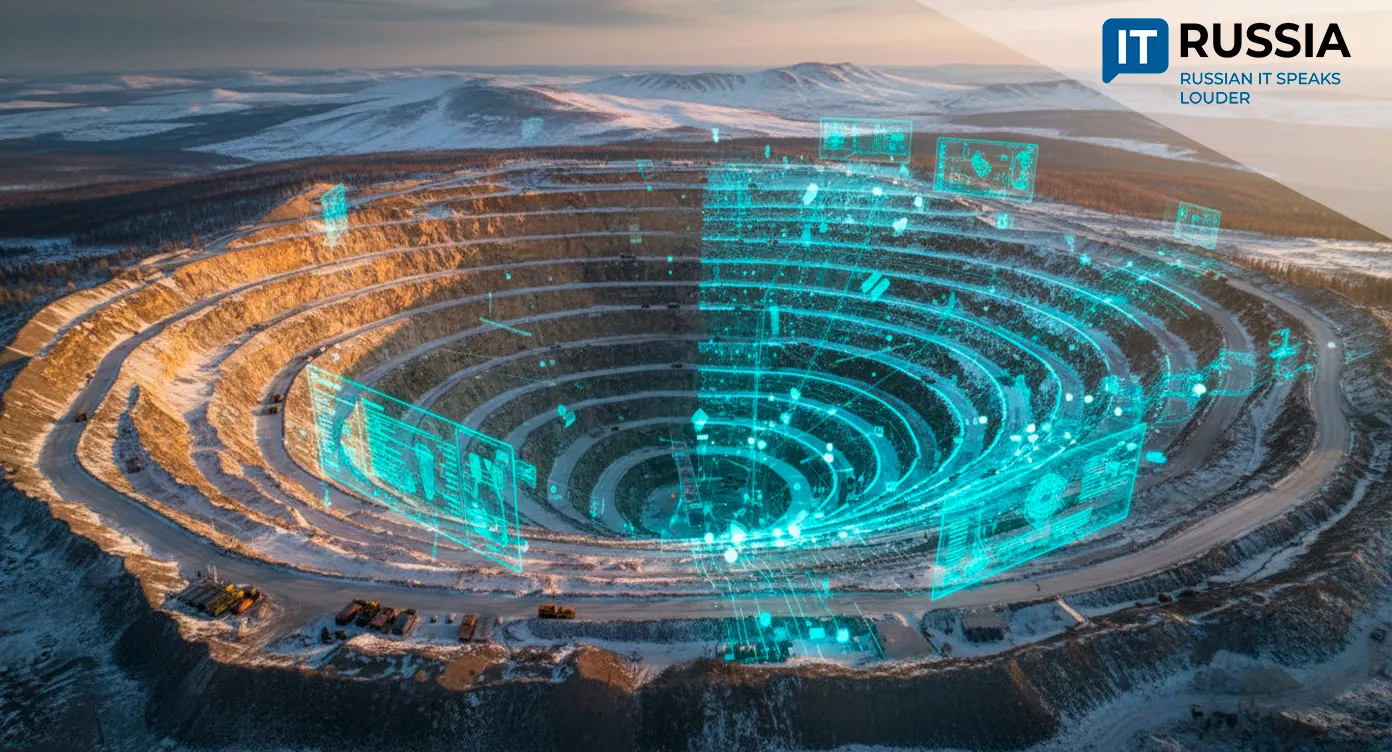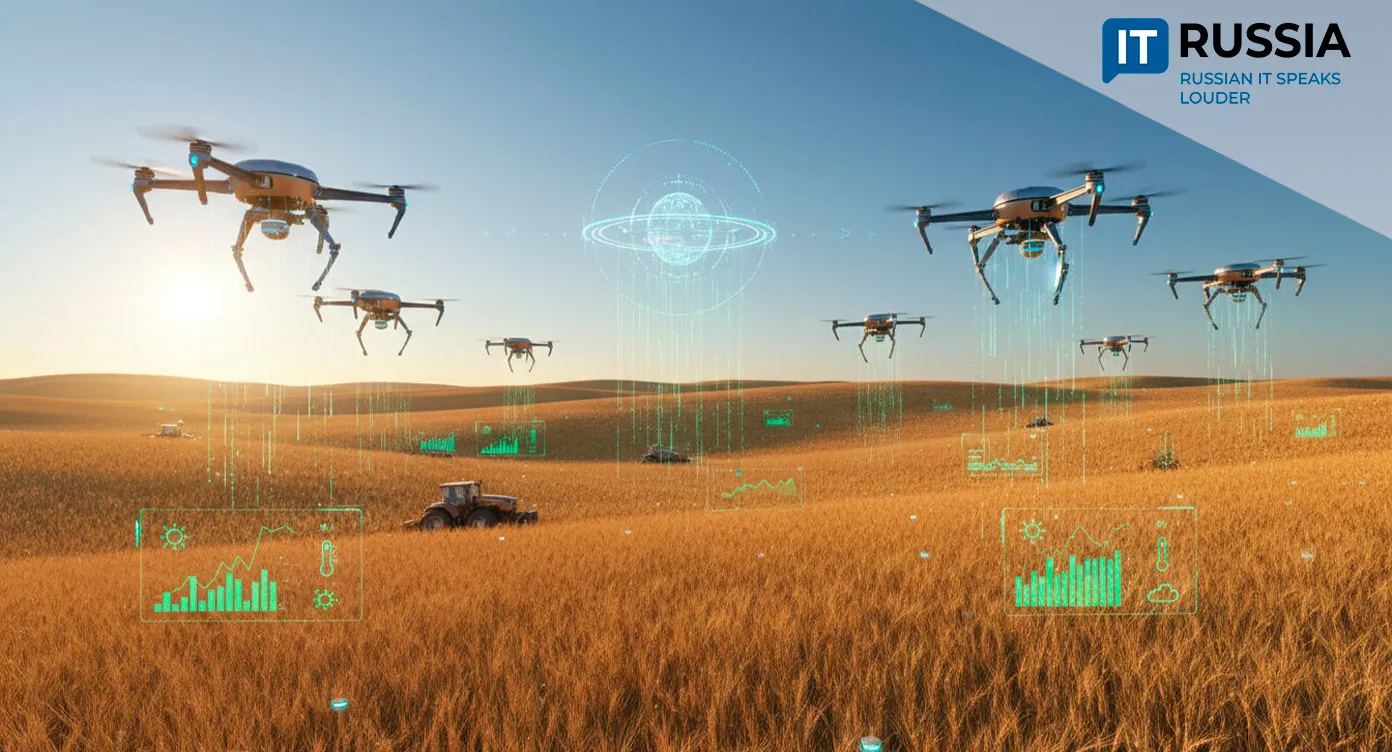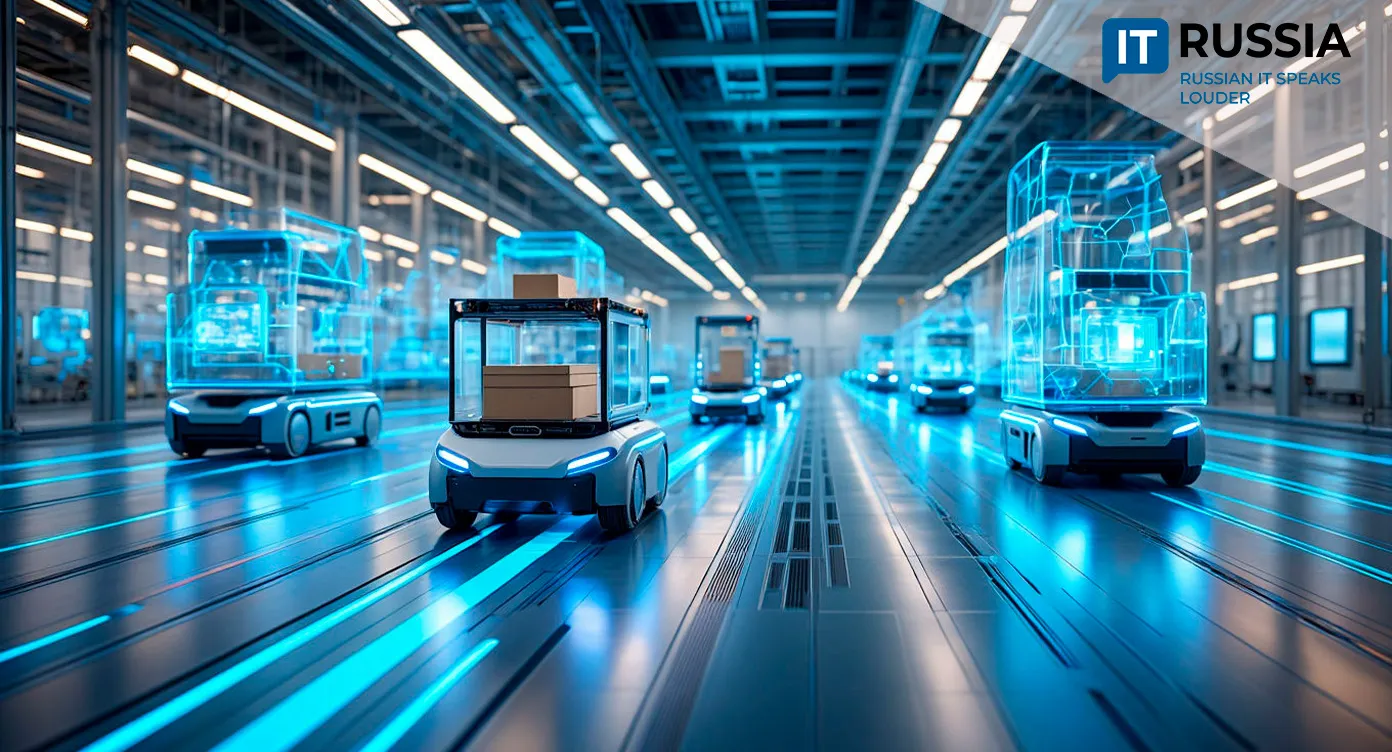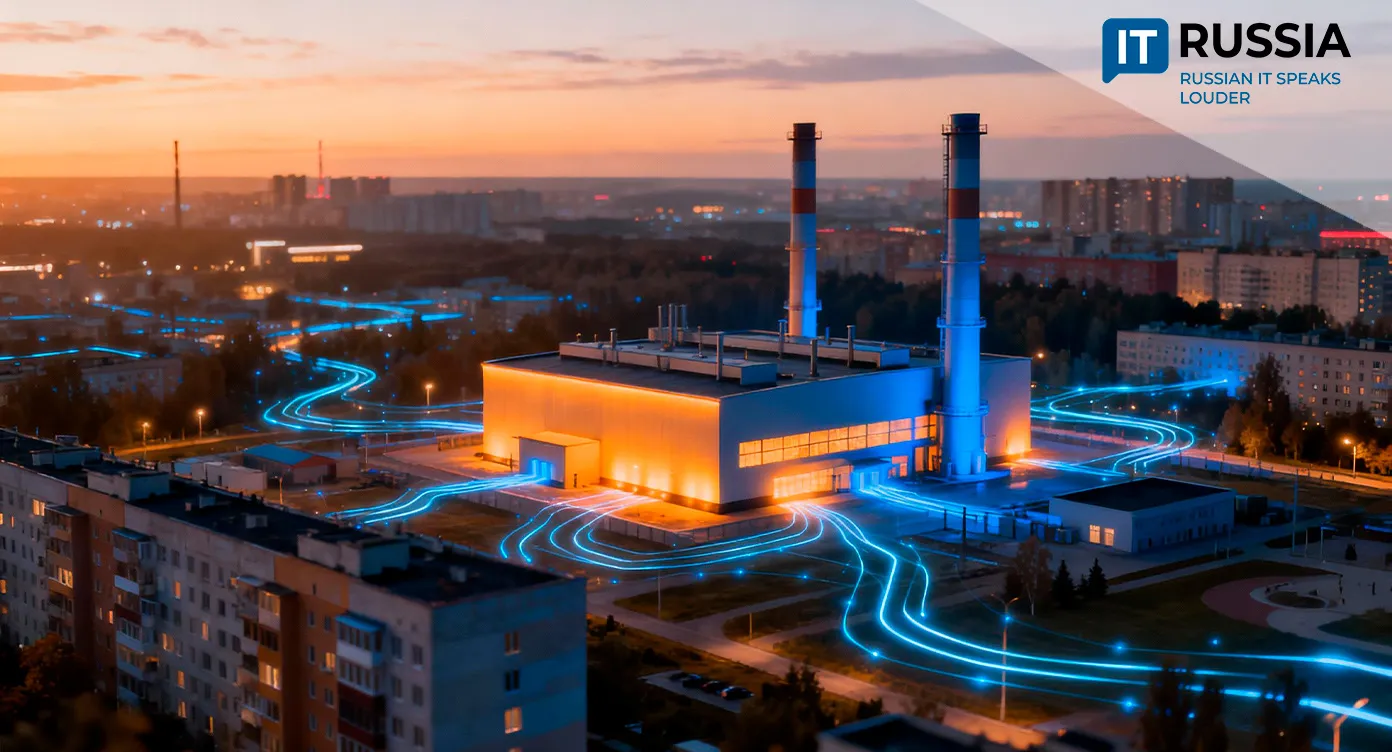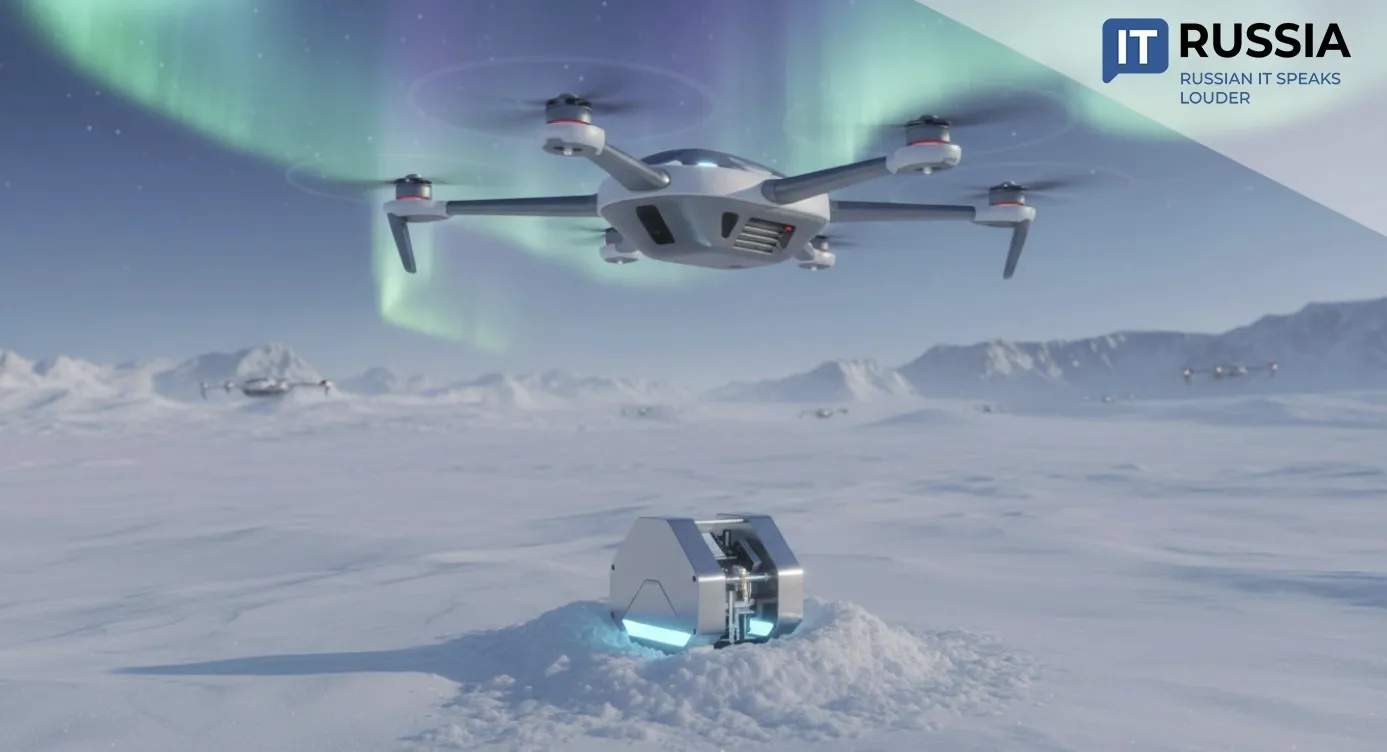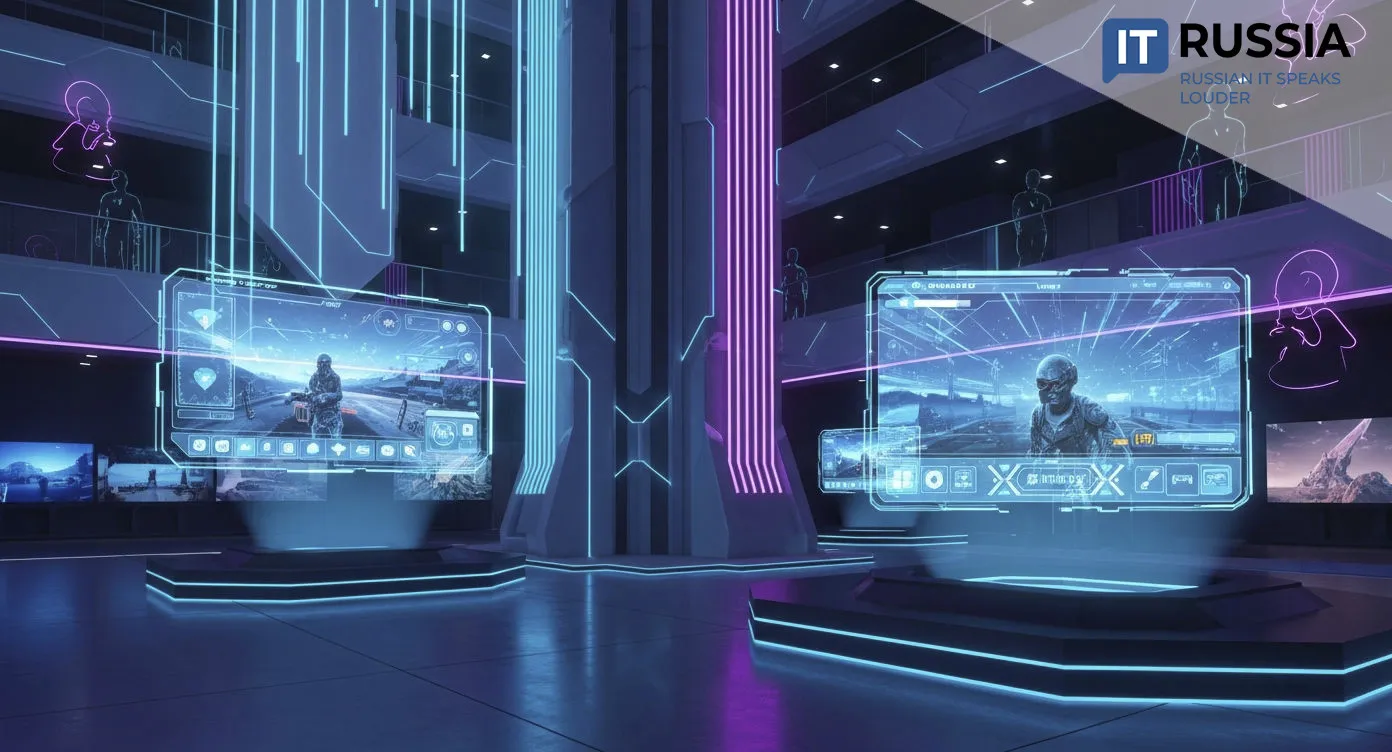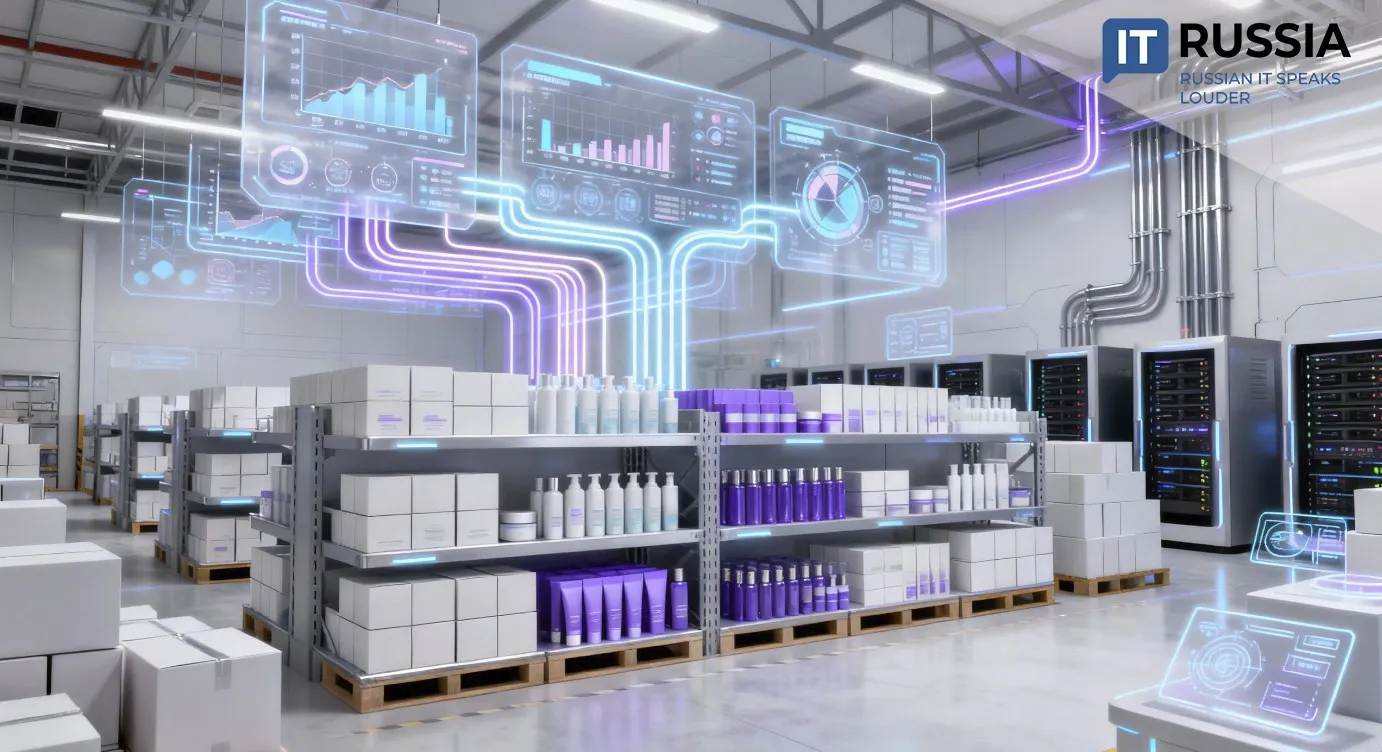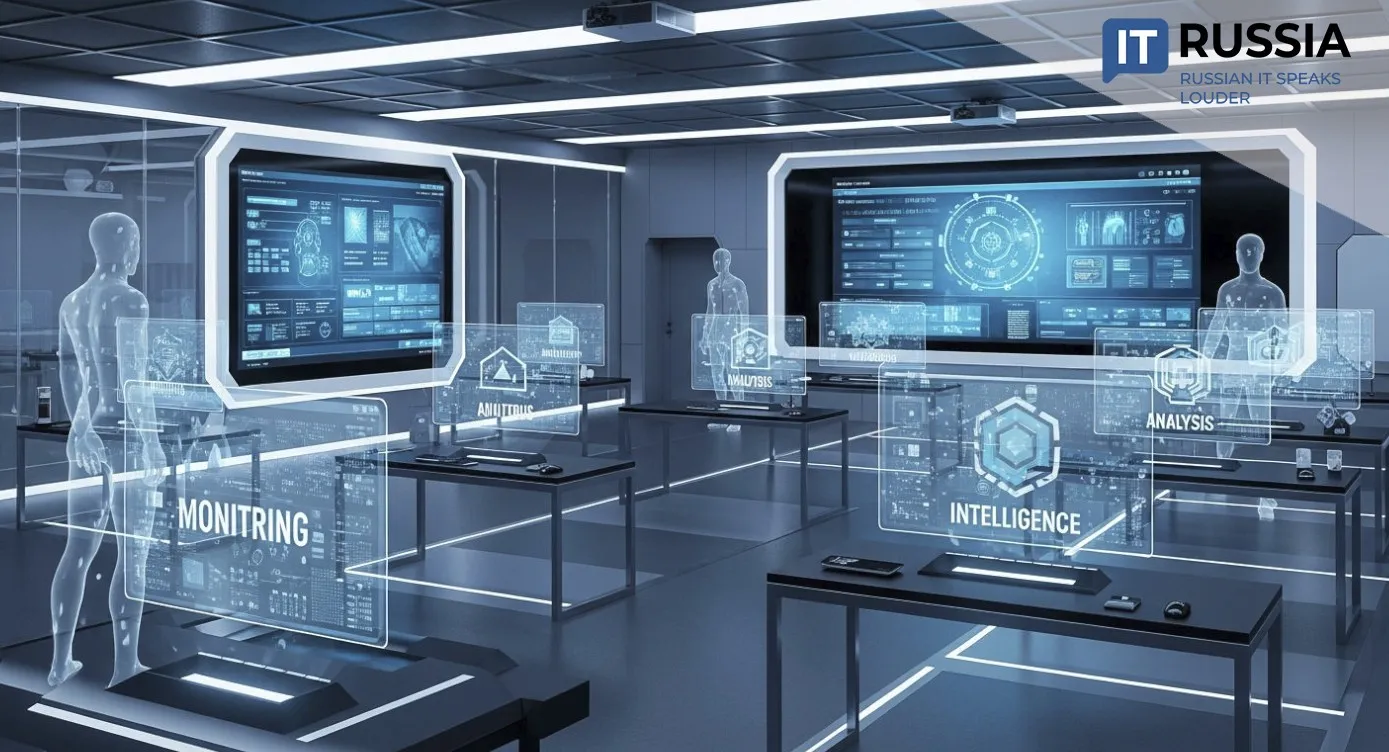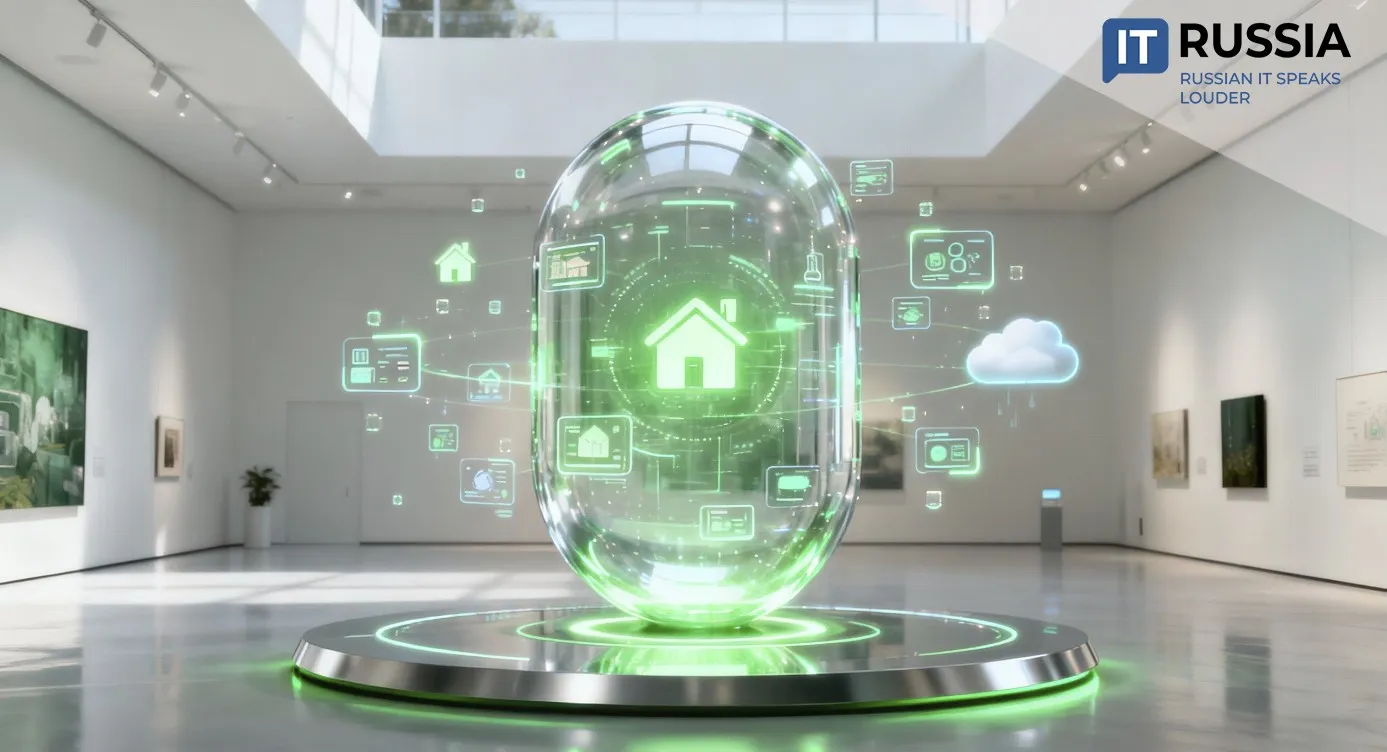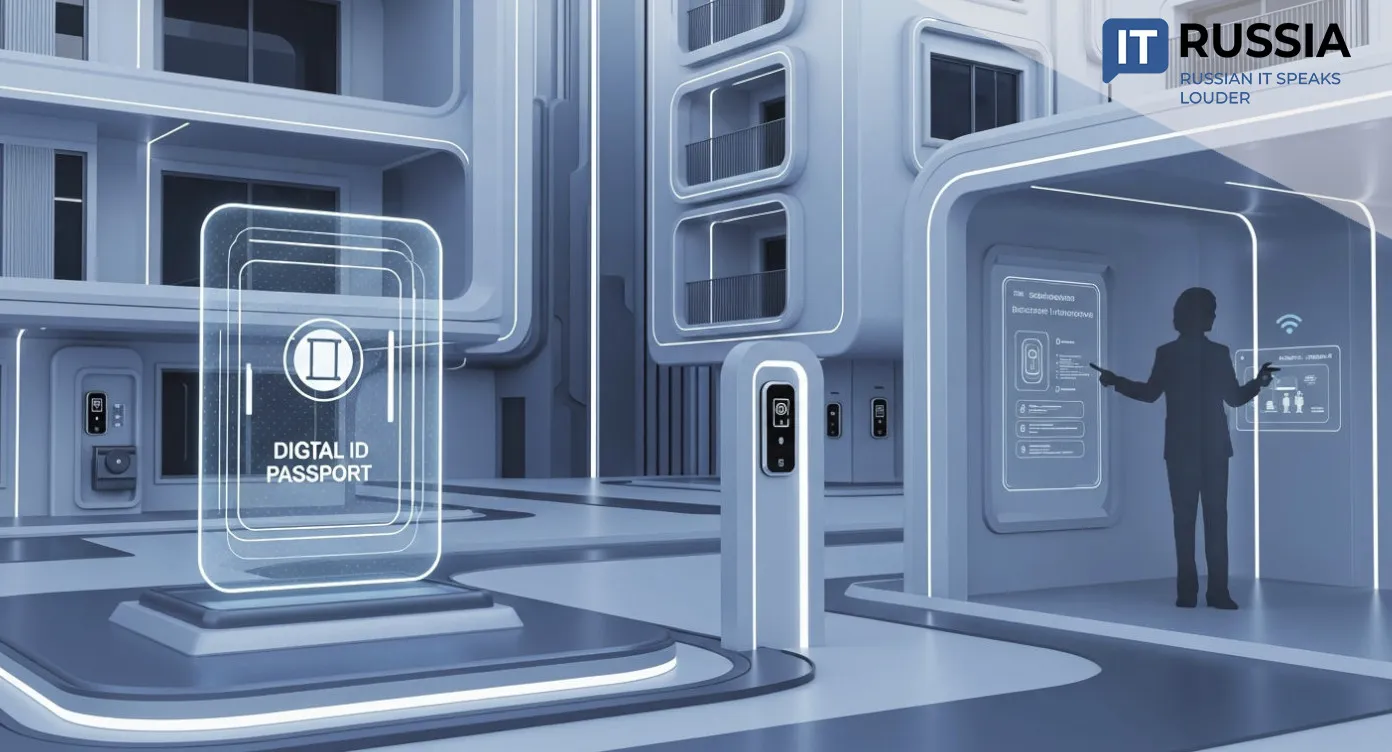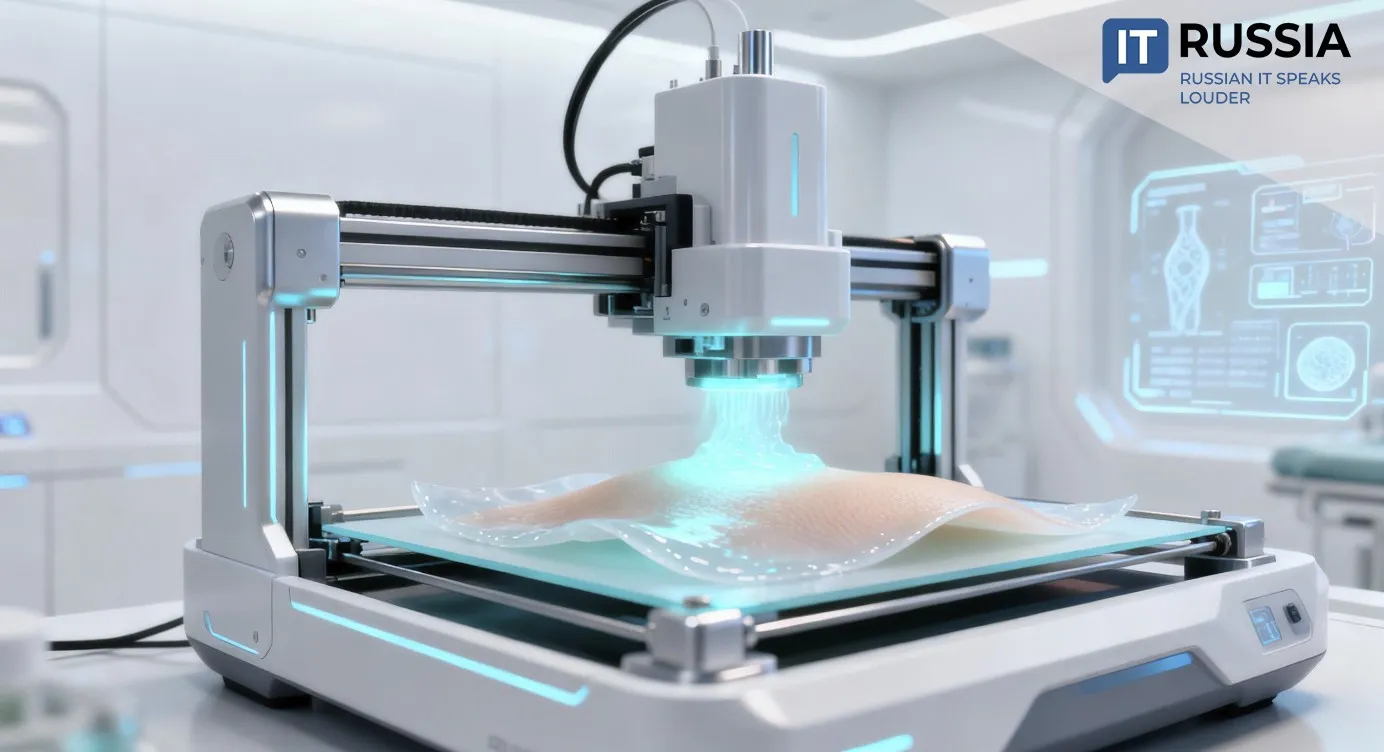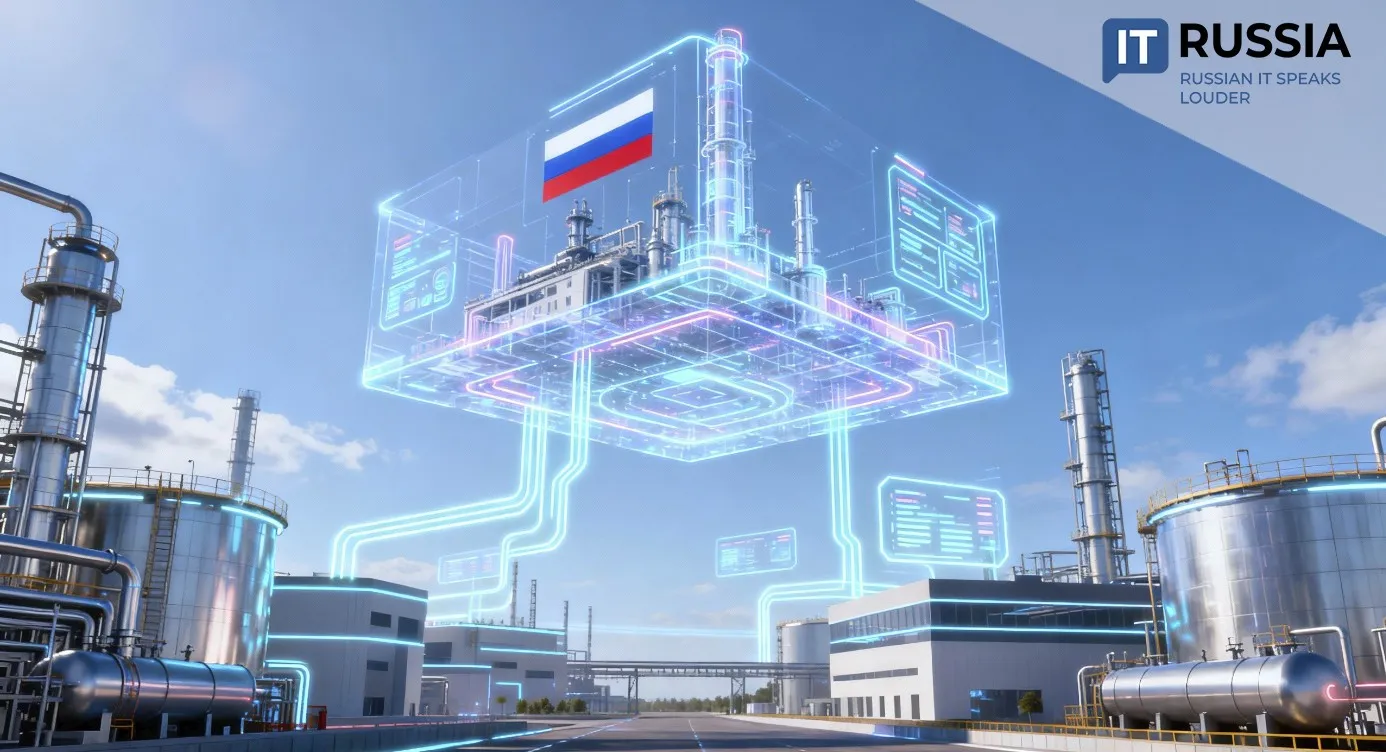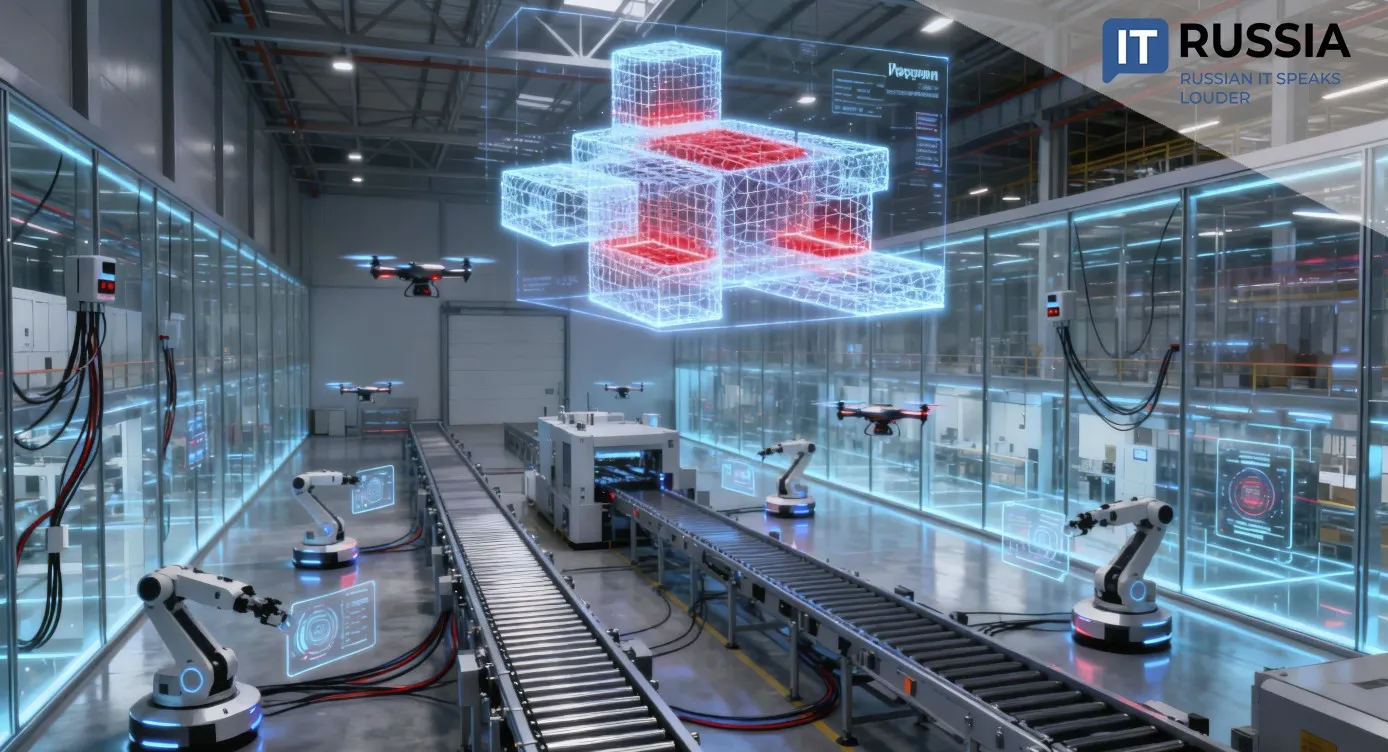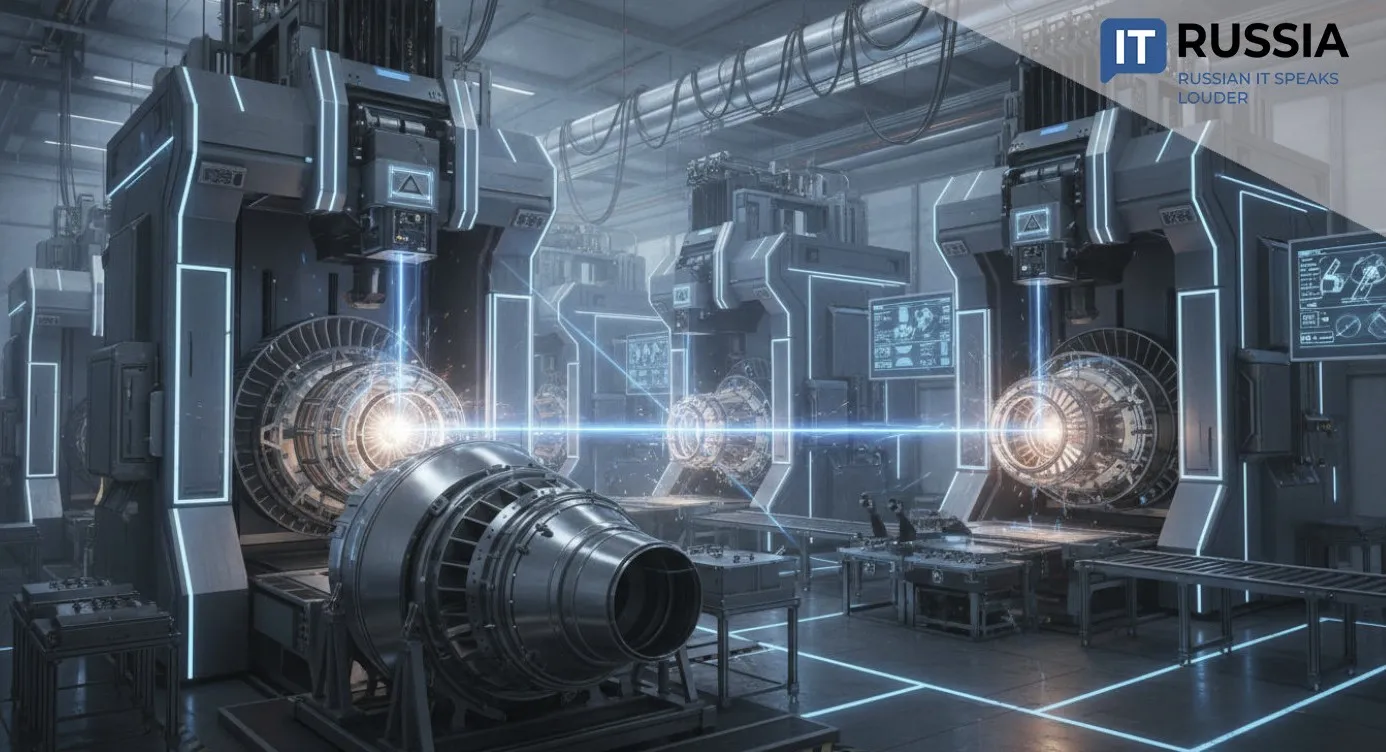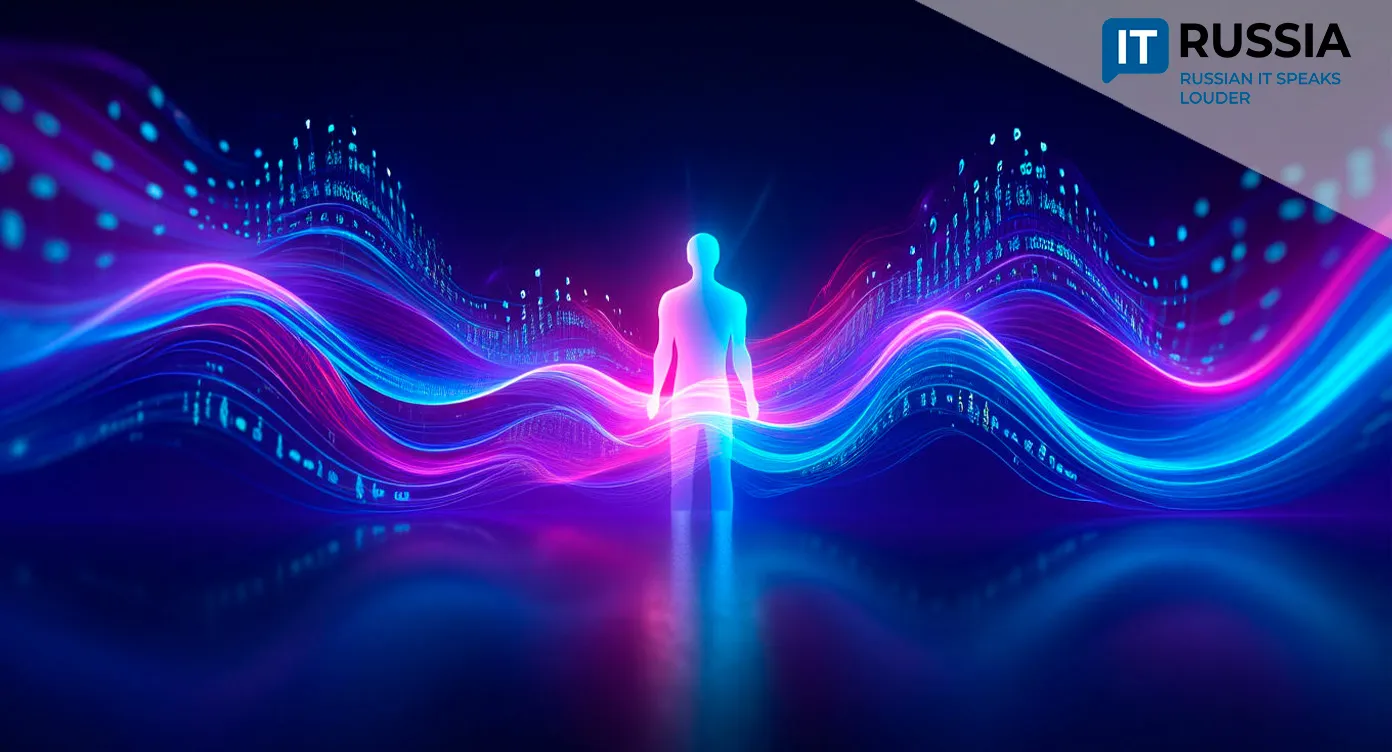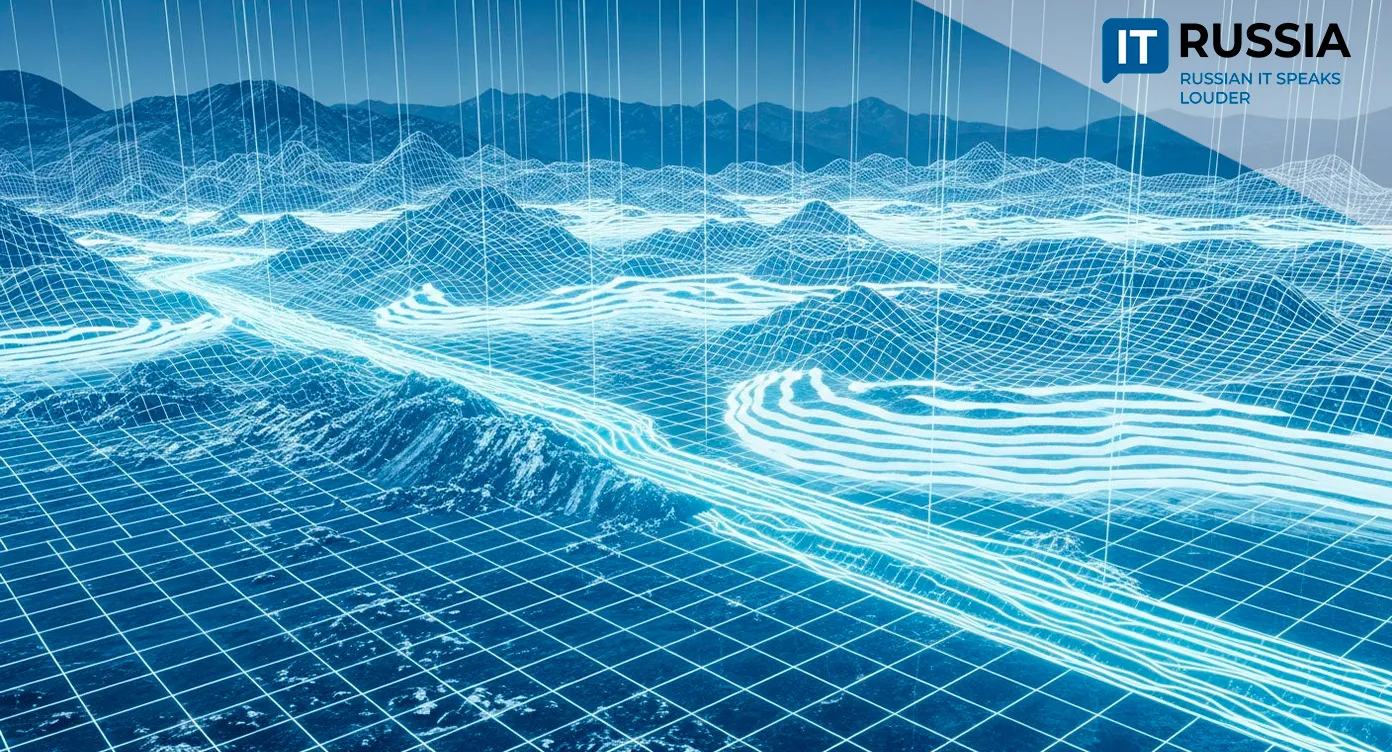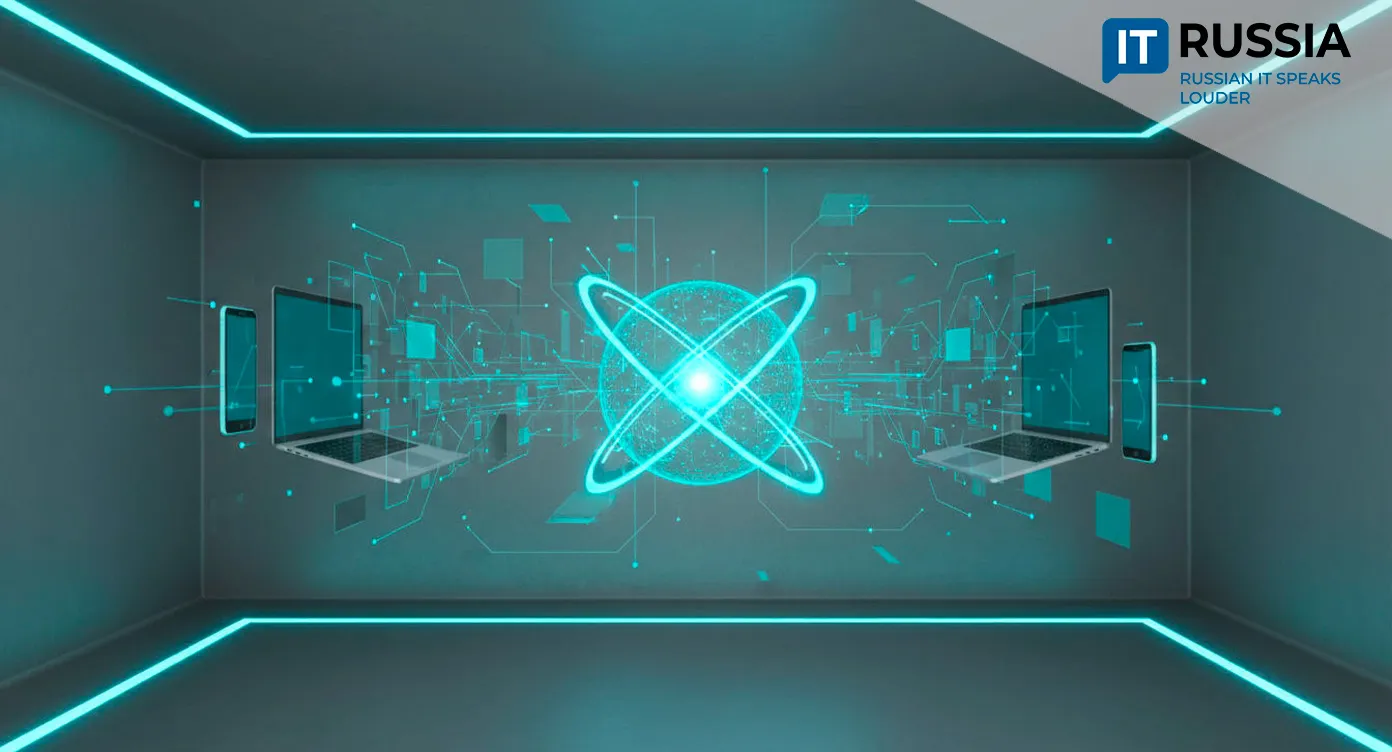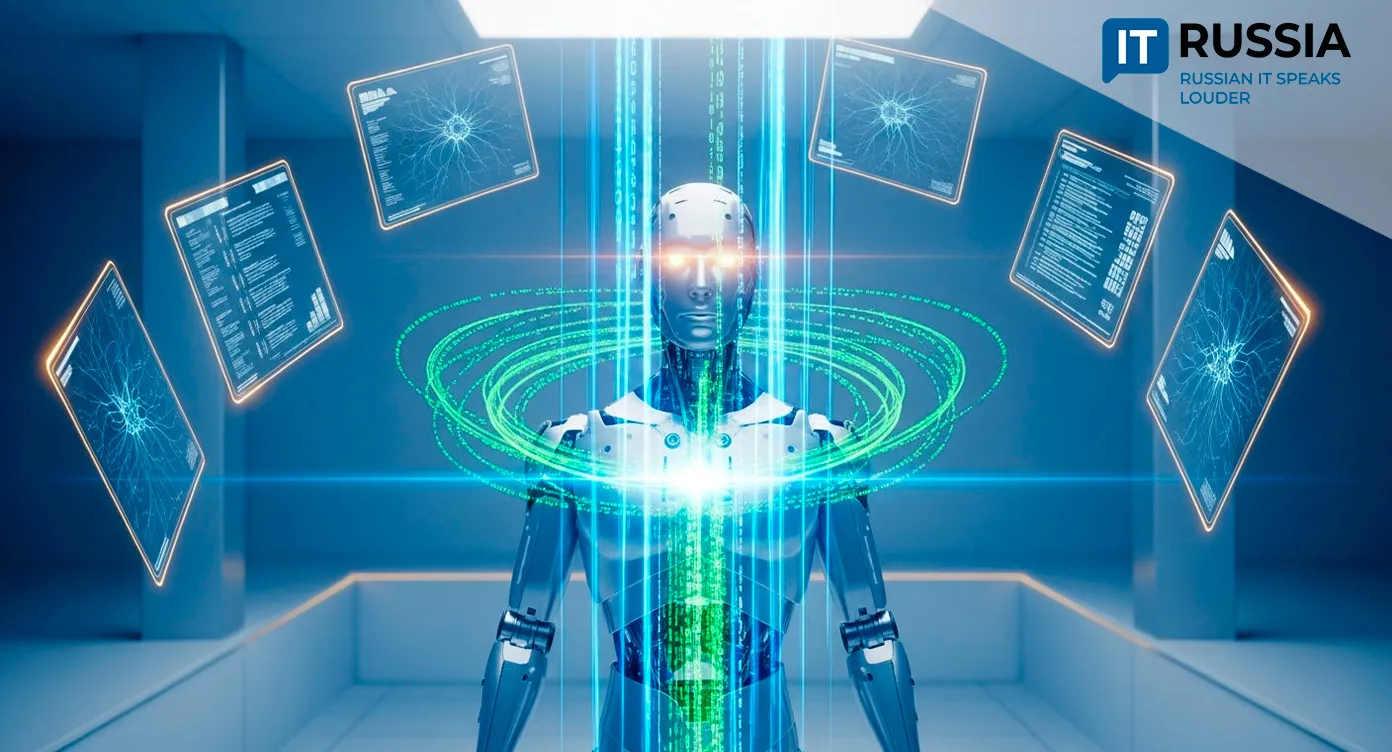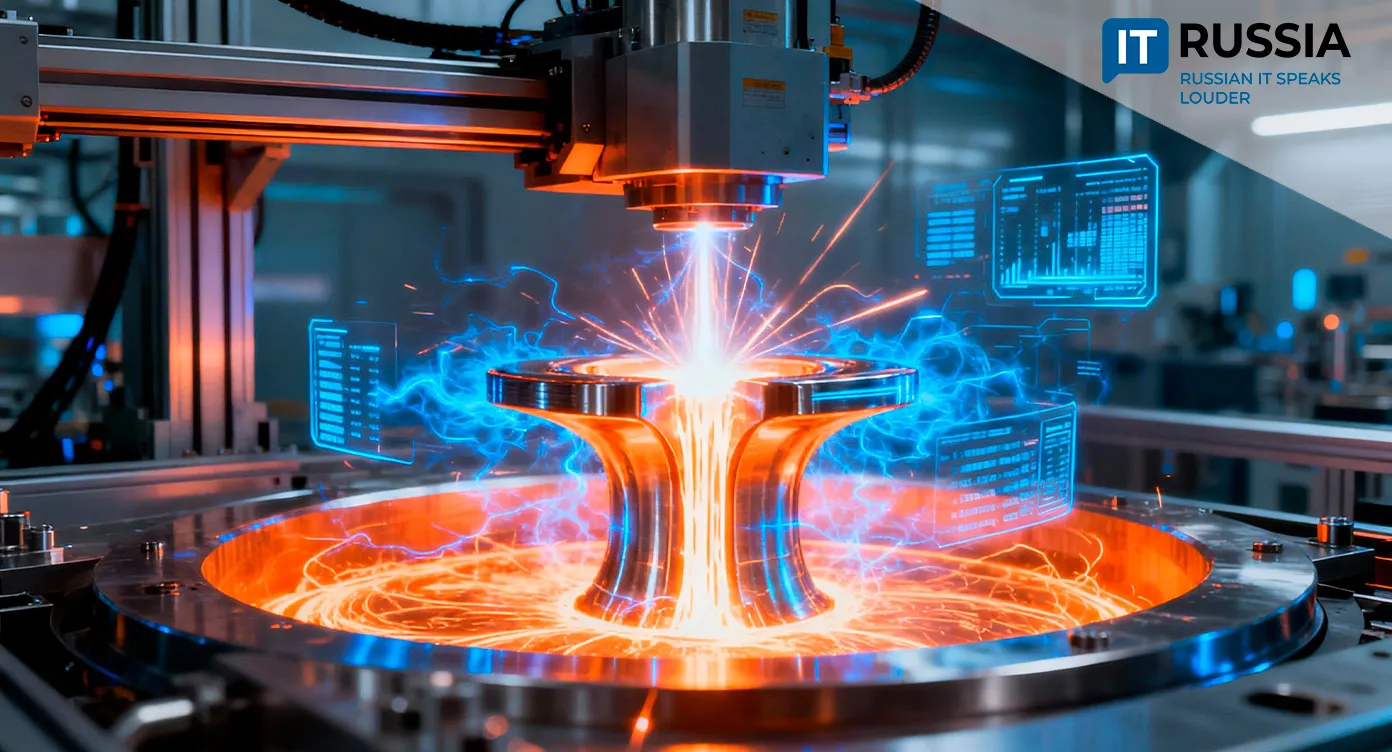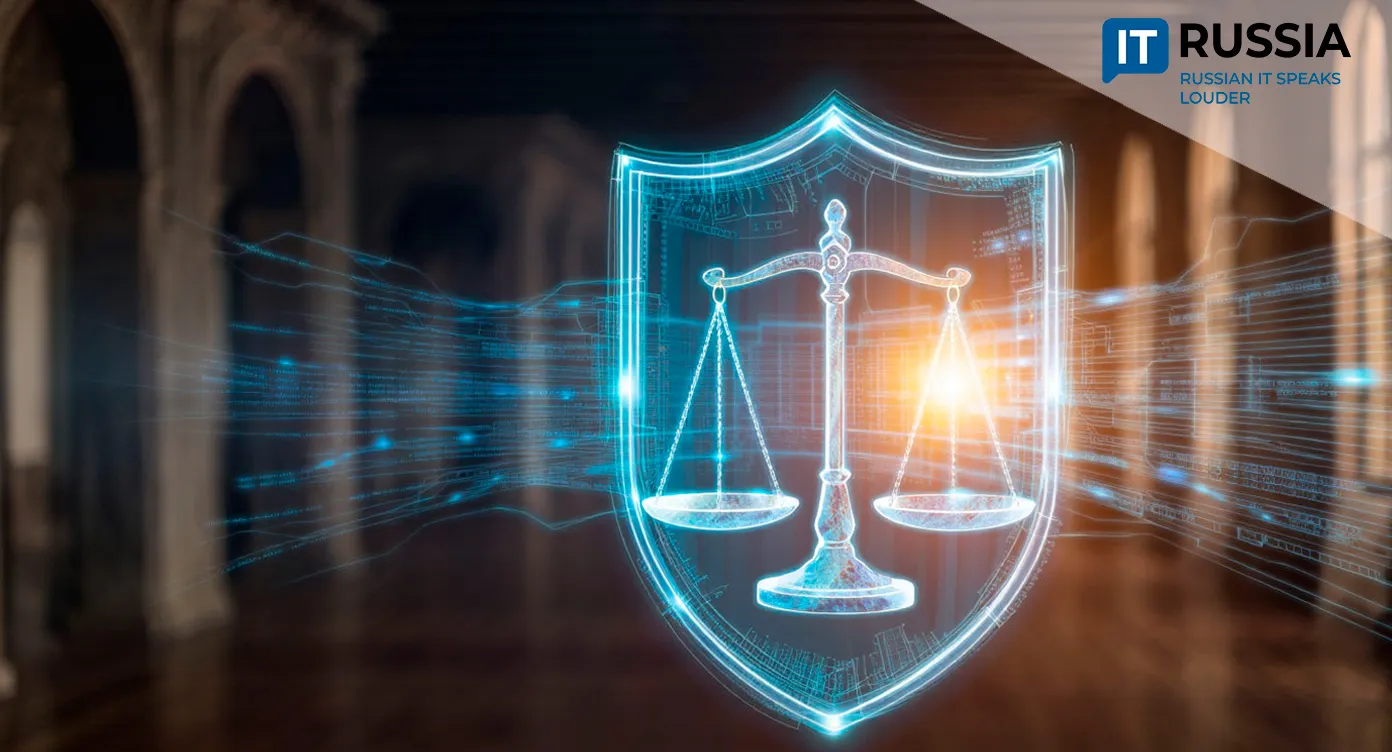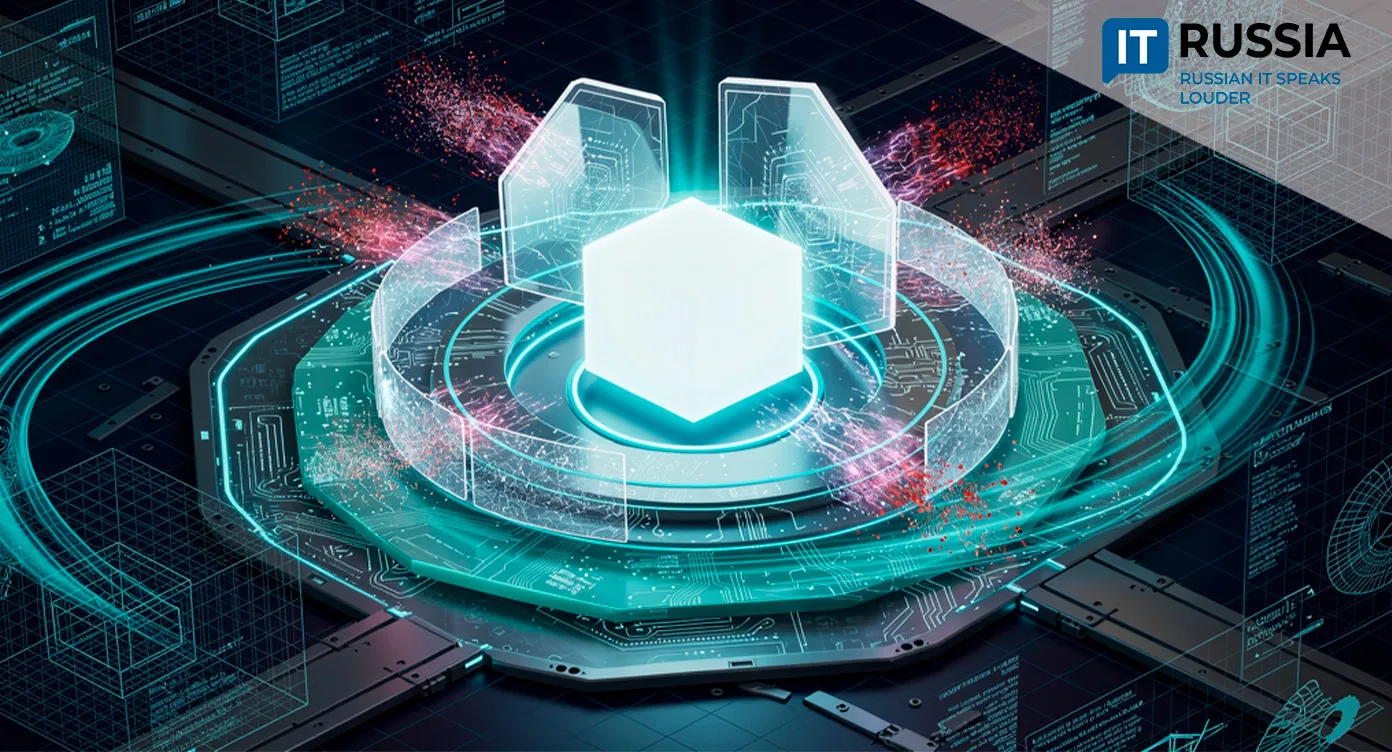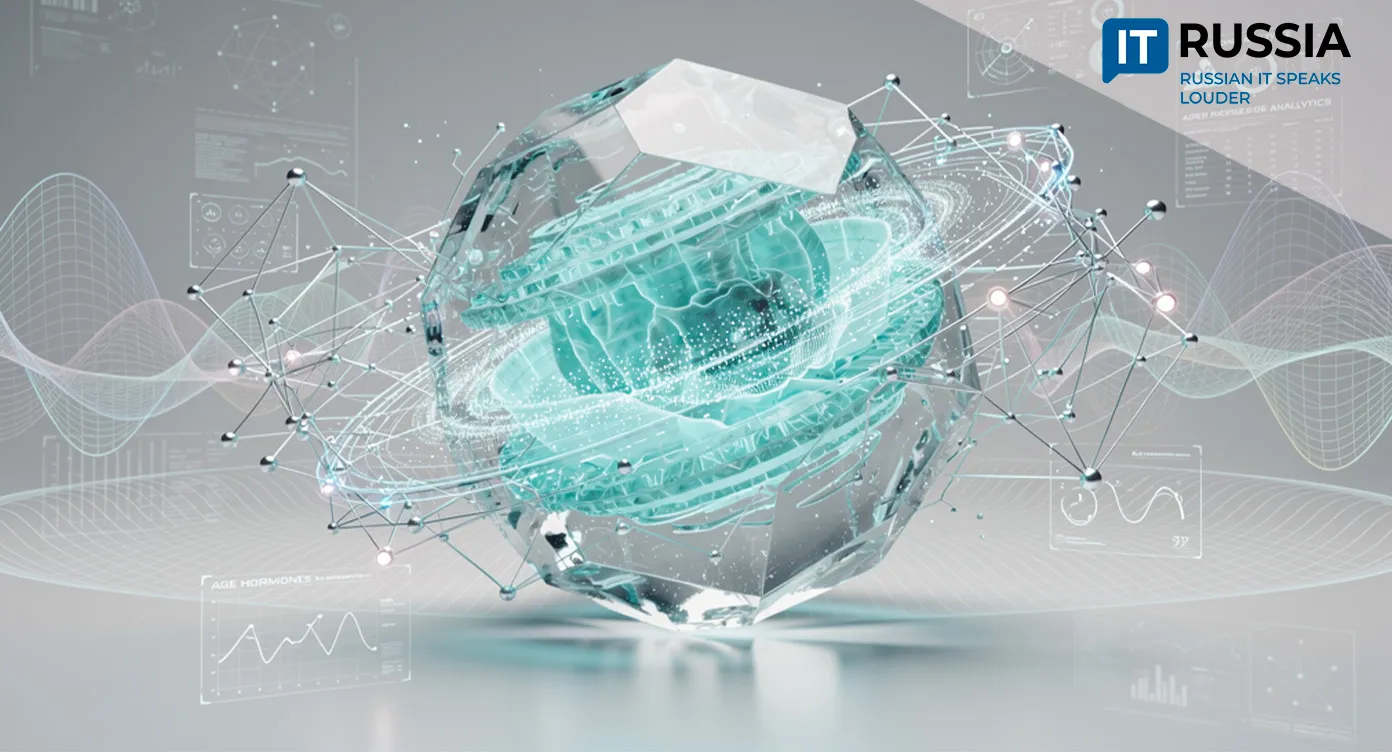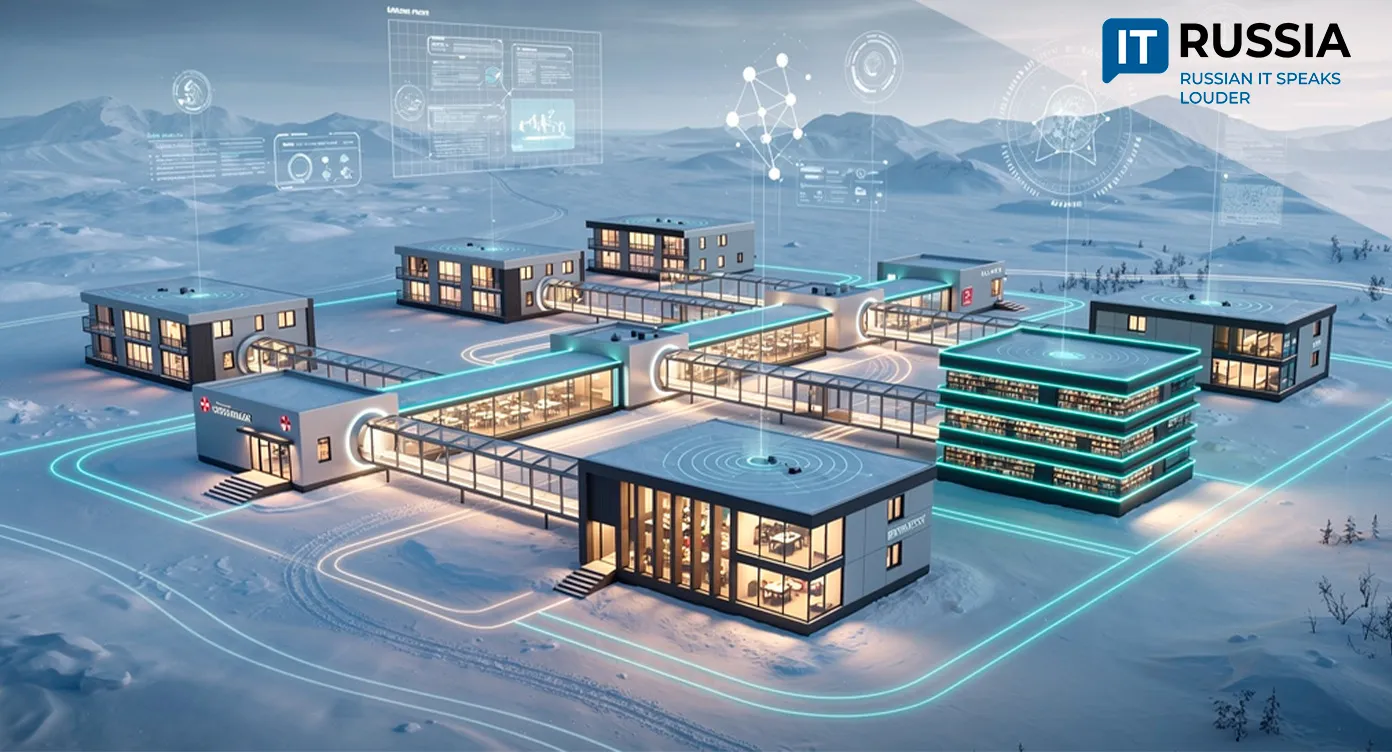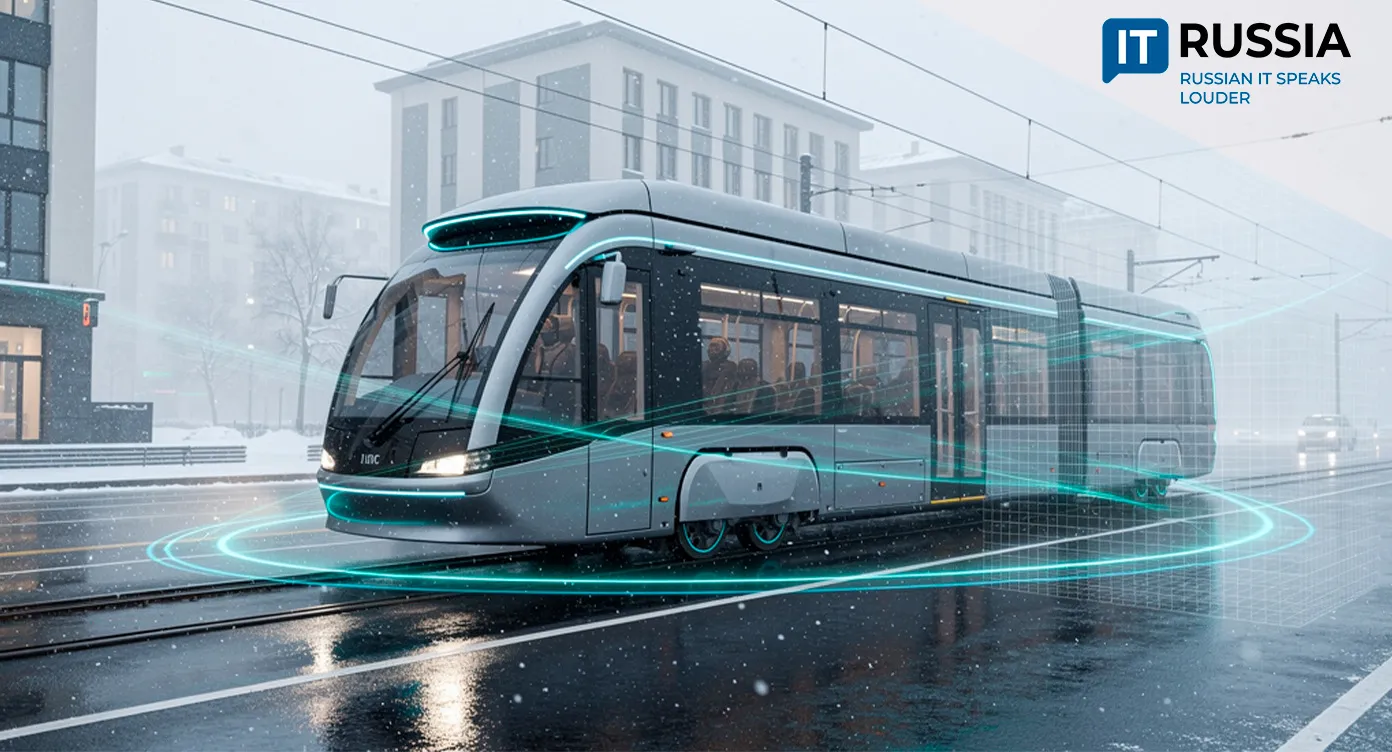Local Brands Go Global: How Virtual Museums Are Redefining Culture
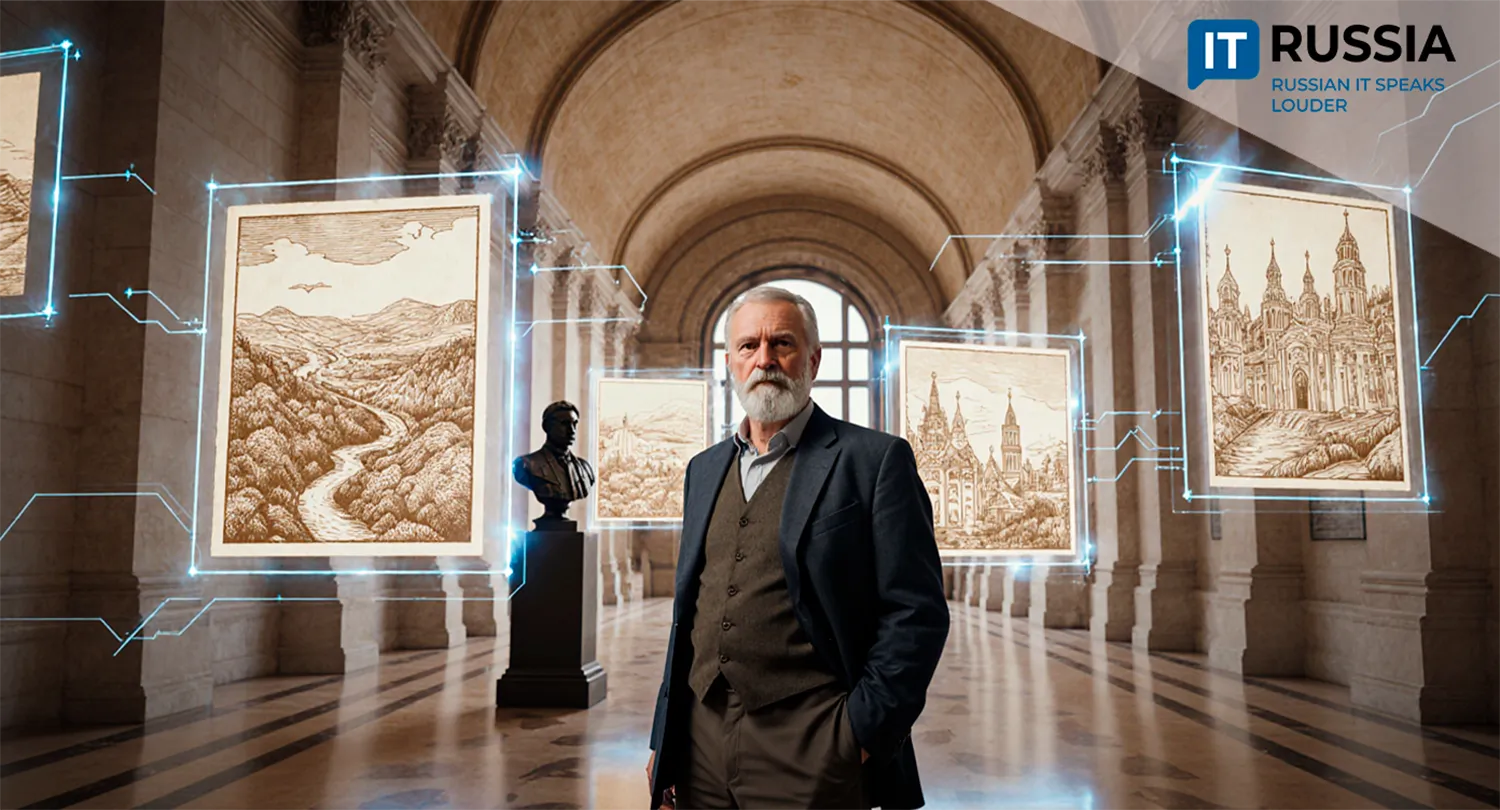
Alexey Mishchenko, a front-line artist of the Second World War, has been given new life online. The Pushkin Museum-Reserve 'Mikhailovskoye' has launched a digital exhibition of his works, turning a local cultural treasure into a global story.
From the Front Lines to Pushkin’s Landscapes
The virtual project is part of the larger online initiative 'Artist and Museum,' timed to the 80th anniversary of the Victory in WWII. Mishchenko, a graduate of the Orel Art Studio and a student of famous battle painter Nikolai Samokish, served as a war artist, creating political and military caricatures.
After the war, he turned to graphic art, producing woodcuts and drawings of the places where poet Alexander Pushkin lived—Mikhailovskoye, Trigorskoye, and the Svyatogorsky Monastery. These works, now preserved in the Mikhailovskoye Museum, capture the spirit of 'literary landscapes,' a genre that became central to his art.
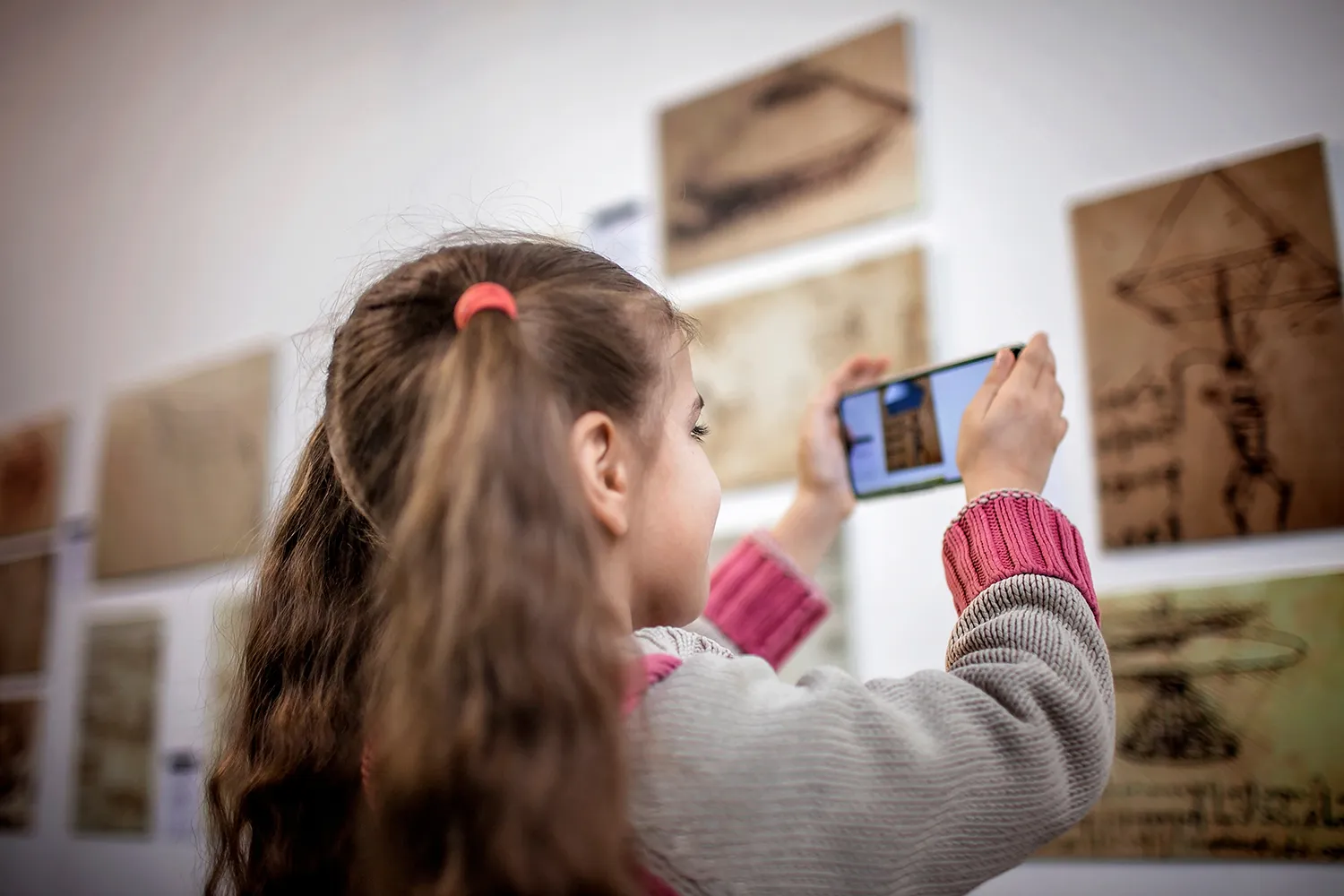
As Pushkin scholar Semyon Geichenko once wrote: 'Among artists who spent years depicting Pushkin’s places, Mishchenko holds a special place. His wood engravings are not accidental—they reflect a deep study of each historical site and a desire to preserve its unique character.'
From Online to Offline
The 'Artist and Museum' project, launched five years ago, continues to expand its reach. Virtual visitors first explore Mishchenko’s art online, but many later travel to the museum to experience it directly. This blend of digital and physical engagement underscores the power of technology to grow cultural audiences.
Virtual projects have already proven effective for major institutions such as the Tretyakov Gallery, the Russian Museum, and the Hermitage, which pioneered online tours and 3D galleries. Regional museums are now following suit.
Tretyakov’s 'My Tretyakov' platform lets users explore collections, save favorites, and interact with museum staff. The Hermitage virtual tour includes over 1,500 panoramas with zoomed-in object details, descriptions, and even video content.
The Pushkin Museum-Reserve’s exhibition demonstrates that digital culture can both broaden reach and inspire in-person visits—bridging local heritage with global audiences.
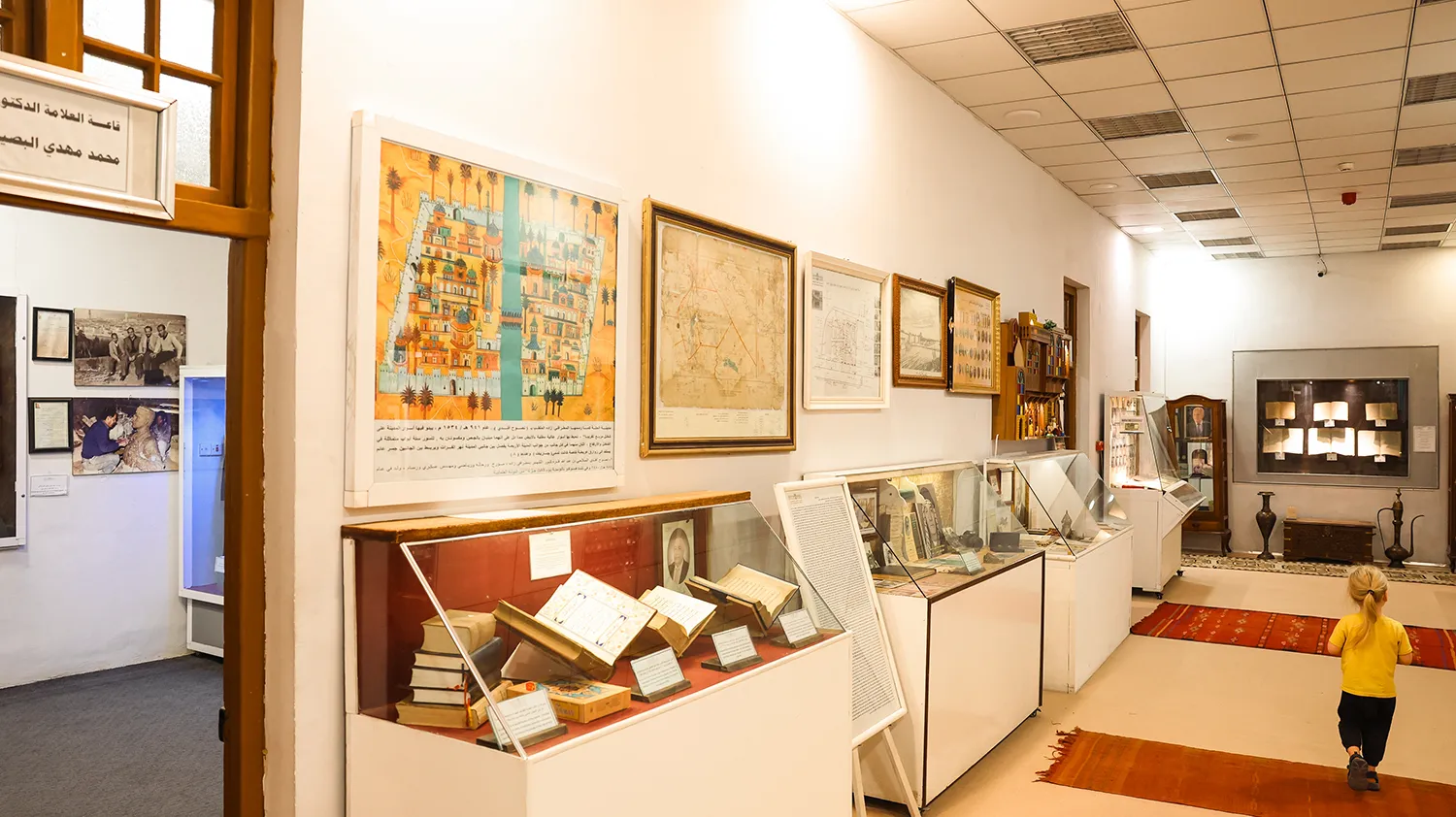
Local Stories, Global Impact
The uniqueness of Mishchenko’s exhibition lies in its ability to spotlight a lesser-known artist on the global stage. For many viewers, his work will be a discovery, and for the museum, an opportunity to grow international recognition.
Experts suggest that such projects could foster cooperation between regional museums worldwide, creating cultural bridges. Translating materials into other languages is relatively easy and would further expand the audience. Adding interactive features—lectures, expert talks, and educational programs—could enrich the experience even more.
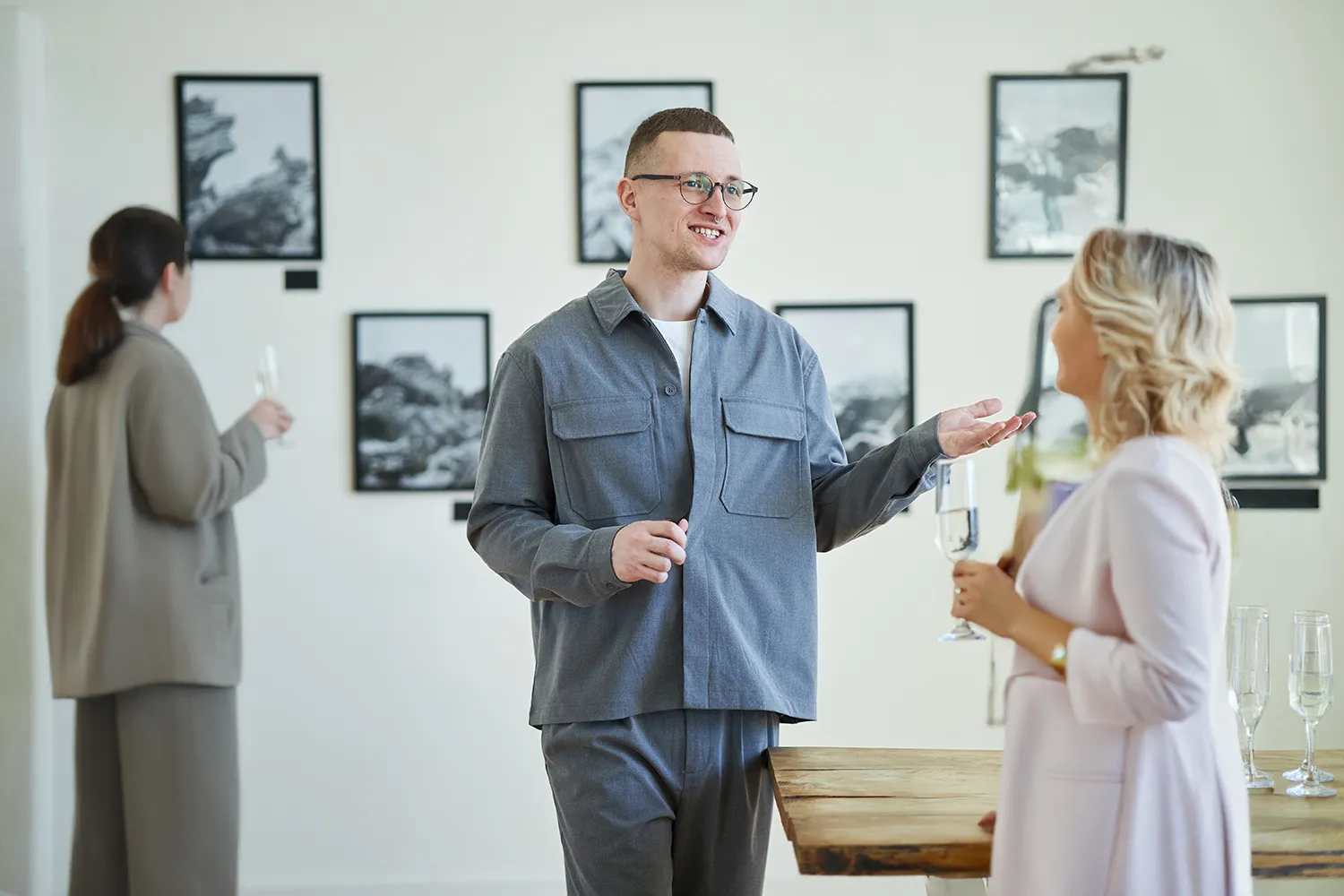
Analysts believe 3D tours will soon evolve into more advanced visualization formats. Some predict the emergence of 'phygital' metaverses—blending physical and digital spaces for immersive cultural and educational experiences.





